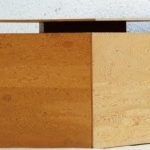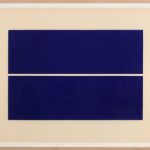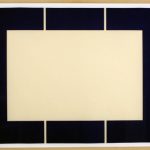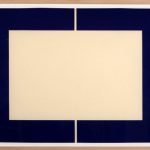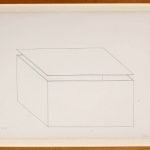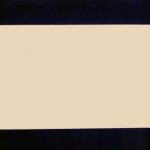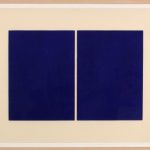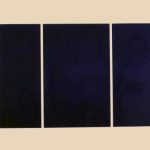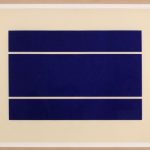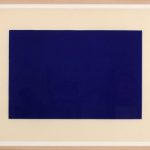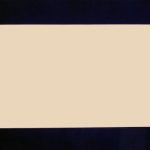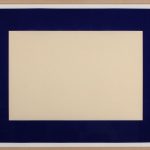02/21/2020 - 04/26/2020
Upper Gallery
Judd’s reputed rejection of museums is legendary, but it’s almost always misrepresented: He didn’t reject museums—as we now know he actually valued their existence and in particular their collections. However, they would soon lose relevance for Judd, for in his experience, museums presented neither his work nor that of his valued colleagues properly, a belief that later led him to found his own museum (in Marfa, Tx.).
(Excerpt transcribed from a talk by Marianne Stockebrand, Director Emerita of the Chinati Foundation; The Whole Judd, September 2011 delivered first in German, at the Pinakothek der Moderene, Munich, Germany, later on May 12, 2012, in English in Marfa, Tx.)
In order to understand Judd’s plywood box Untitled, 1973 we must know about Judd’s theories on art, and we must know about his personal artistic development. Judd has been called a “minimalist” artist. He was revolting against the emotional excesses of abstract expressionism and so attempted to reduce art to a minimum statement. He doesn’t like making images or trying to copy reality. He states he is “interested in a static visual art and hates the imitation movement.” Judd’s early work was involved with series of brightly colored repetitive box series. He was working with the idea of sculpture without a base and was interested in the shape of the box and in the spaces between the boxes he painted his shapes in bright colors, especially red. Later he used colored Plexiglas because the color was in the material, not painted on it. Always there was a concern for the color and surface of the shape. Suddenly in 1972 Judd changed his style and began working with uncolored, unadorned plywood. He is was still working with the shape of the box, and the surface was still important., though now it is the natural pattern of the plywood. The first plywood pieces were five boxes open in the front so that the exterior shape and interior spaces were visible. Our box is one of a series of four, once again analyzing the relationship of interior and exterior space. All four boxes were variations on a theme.
(from the AMST files, and excerpts from John Coplans, “An interview with Don Judd”, Artforum, Vol.IX, No. 10, June, 1971, p. 40+ and William Agee, “Unit, Series, Site: A Judd Lexican. Art in America, Vol. 63, No. 3, May 1975, p. 40+)

